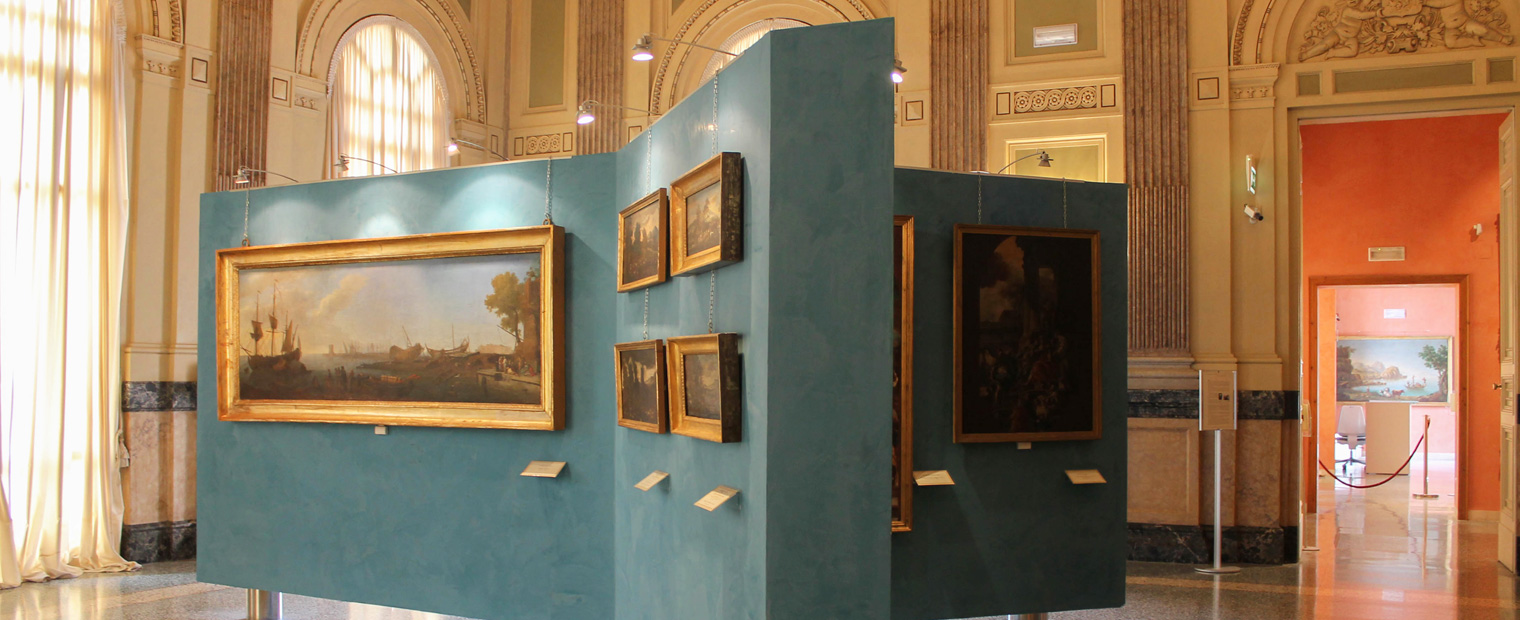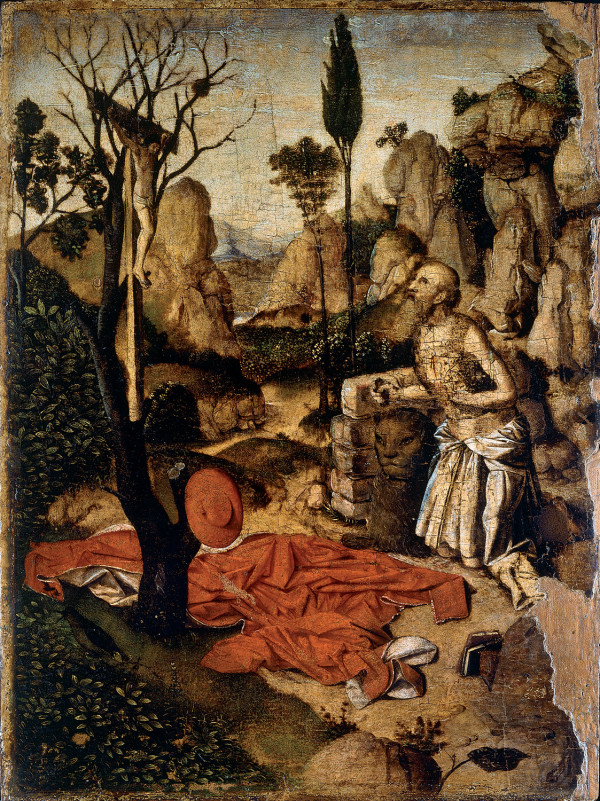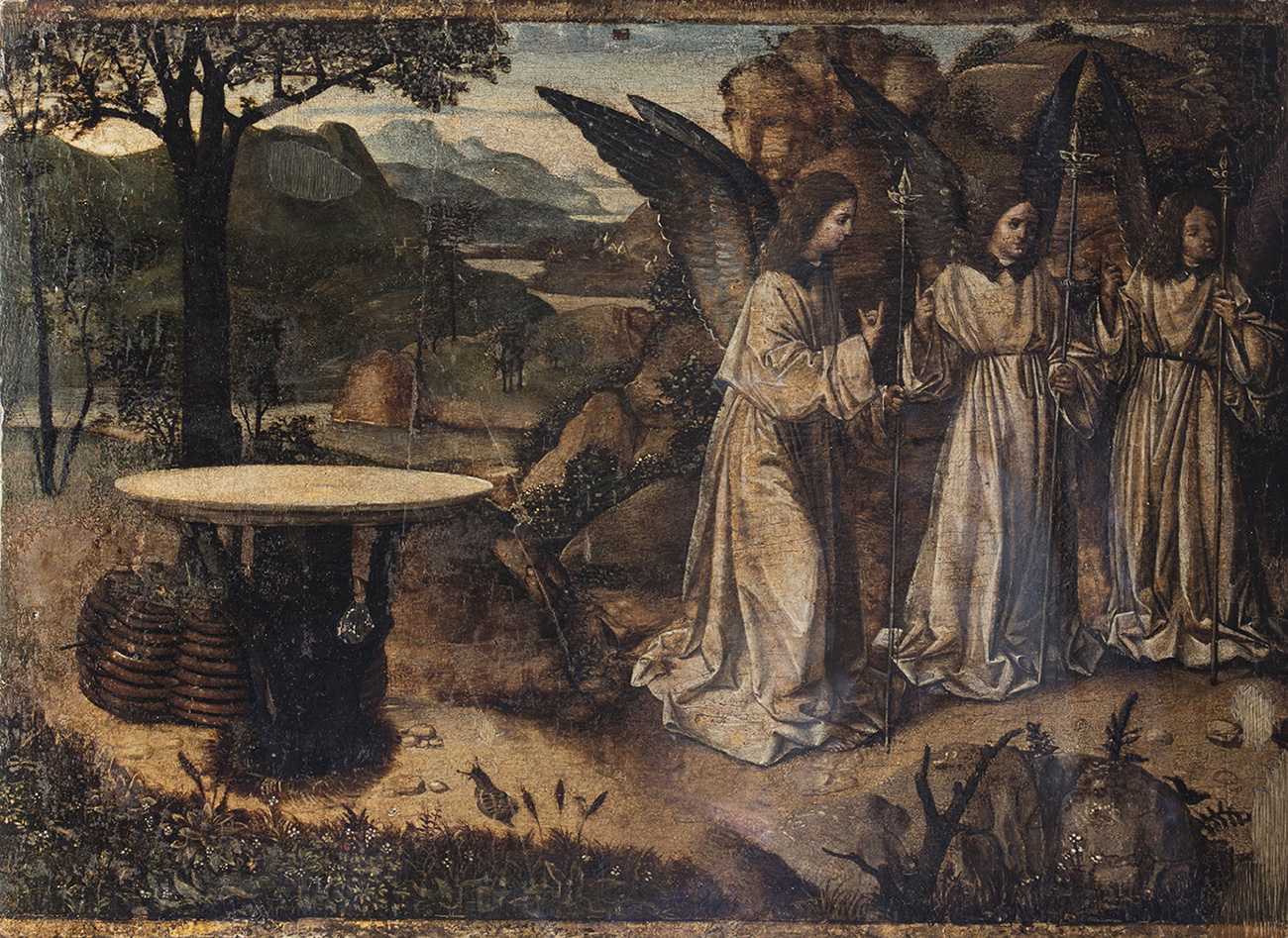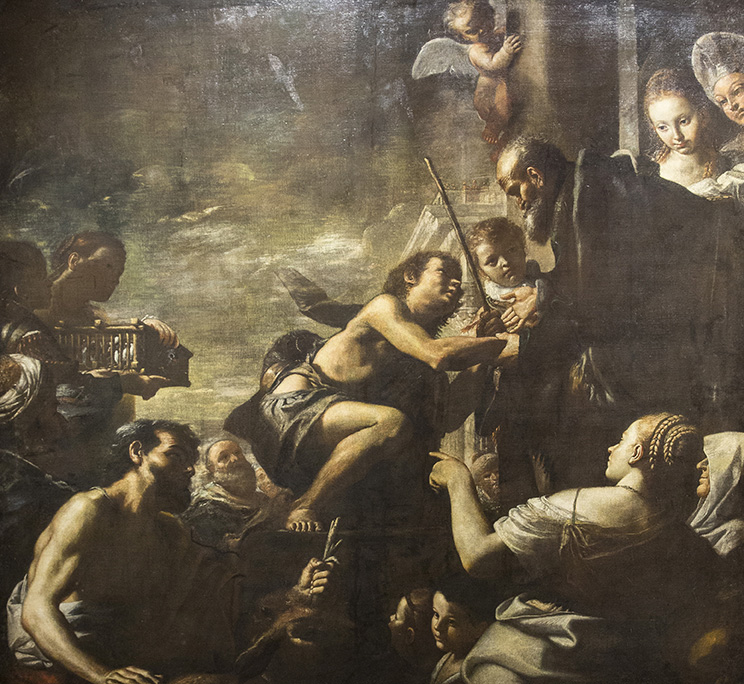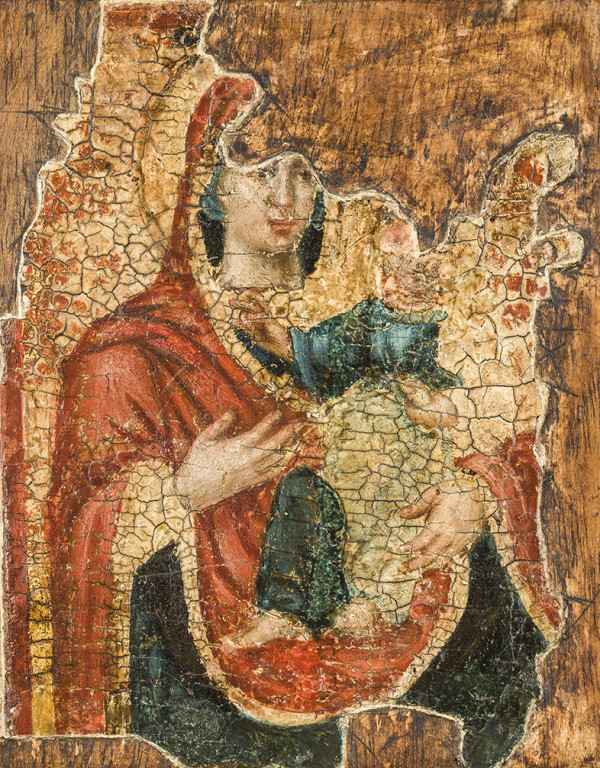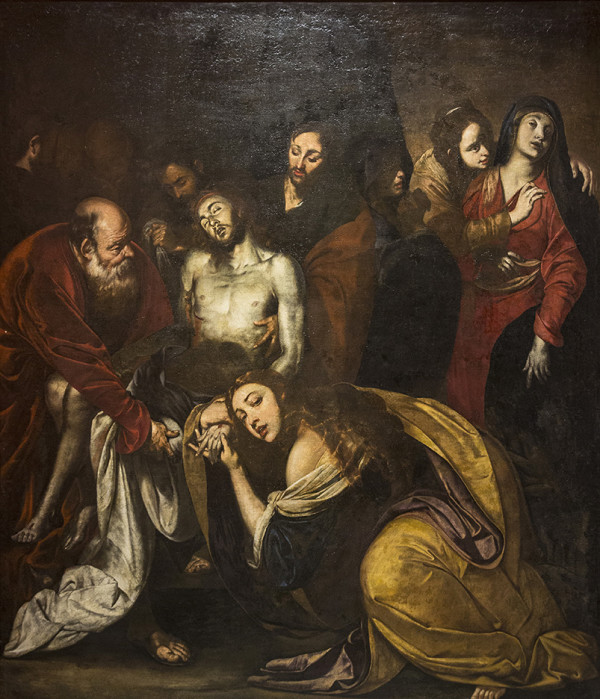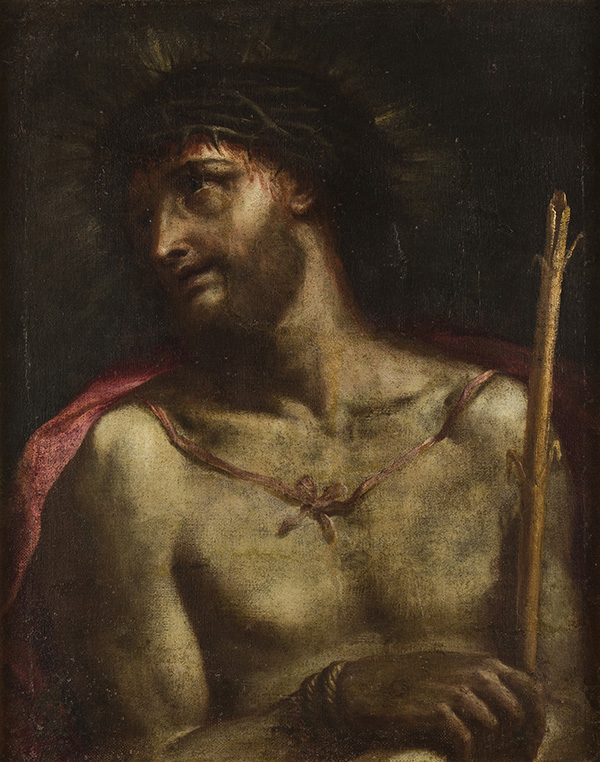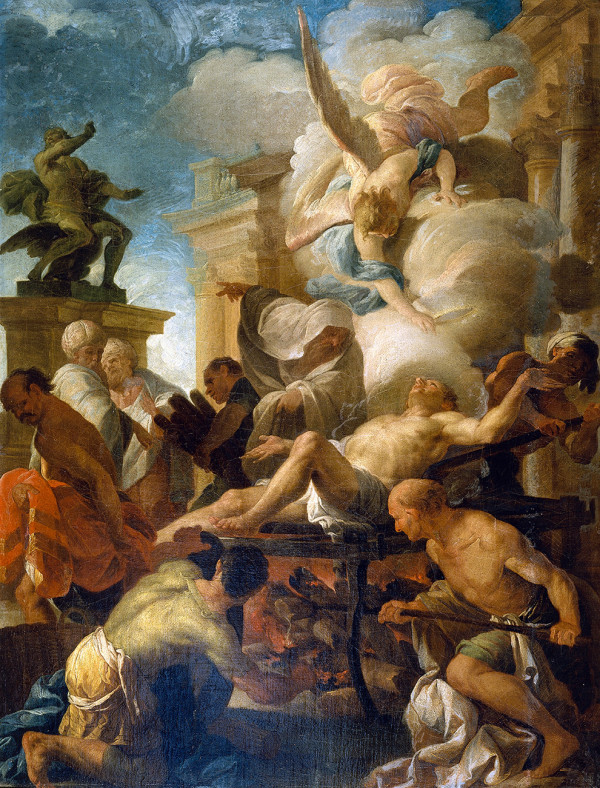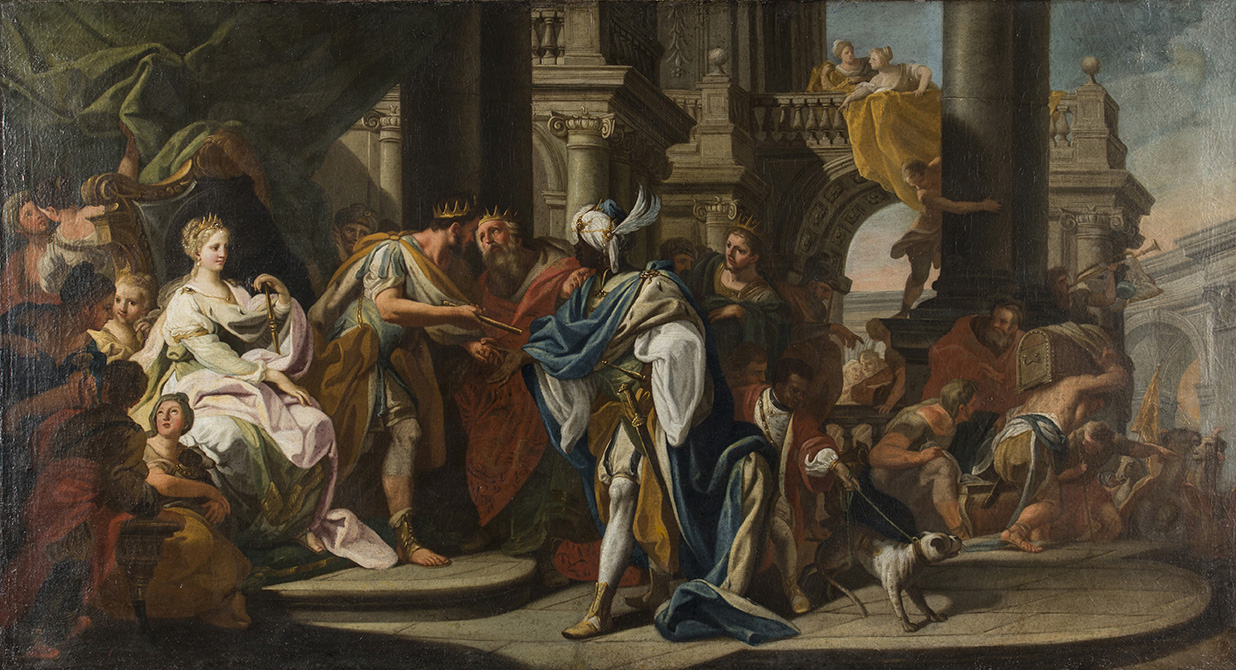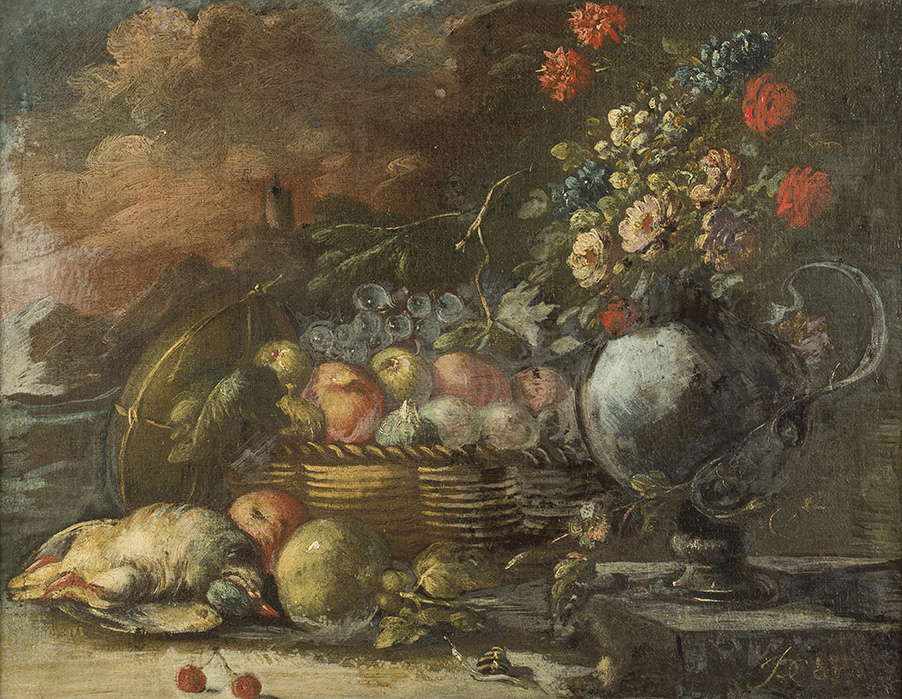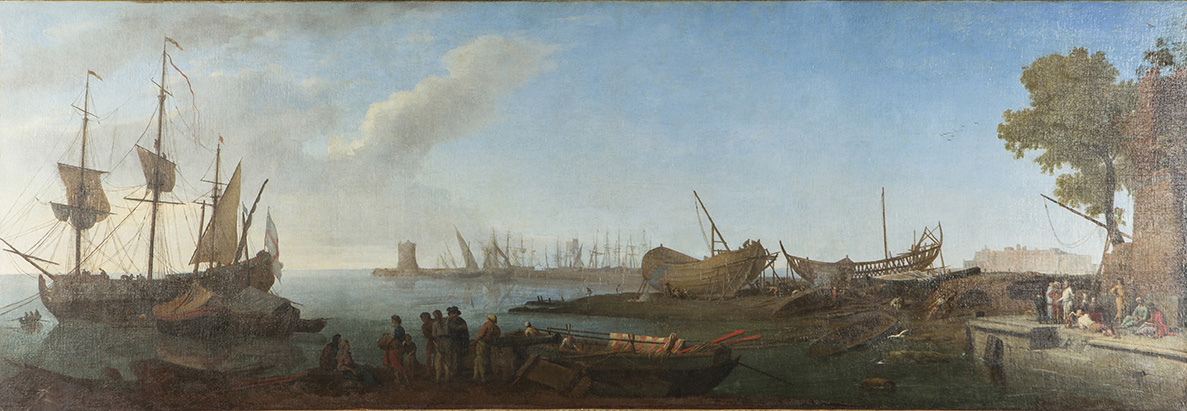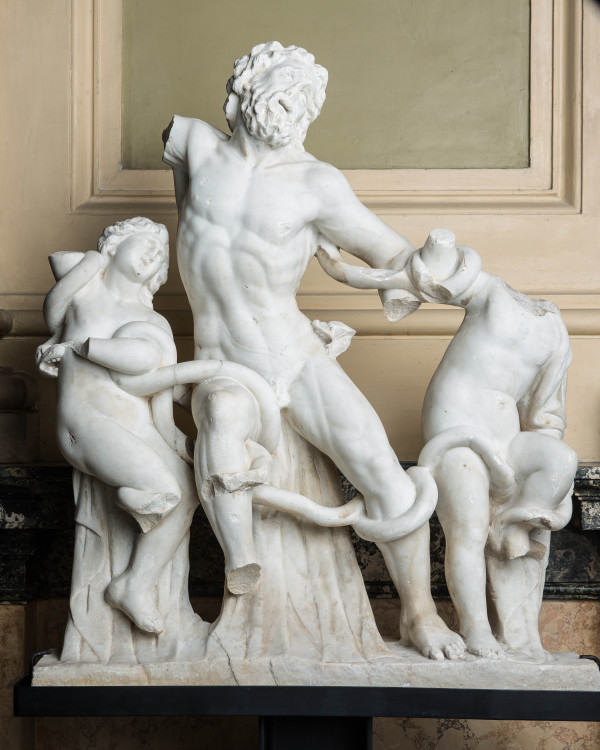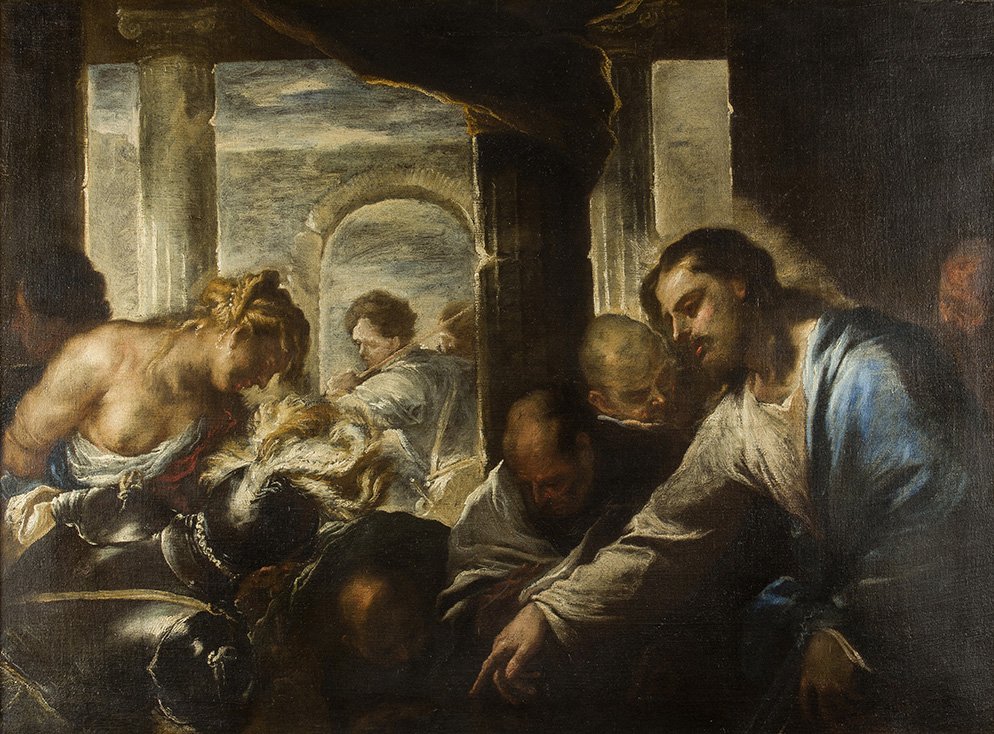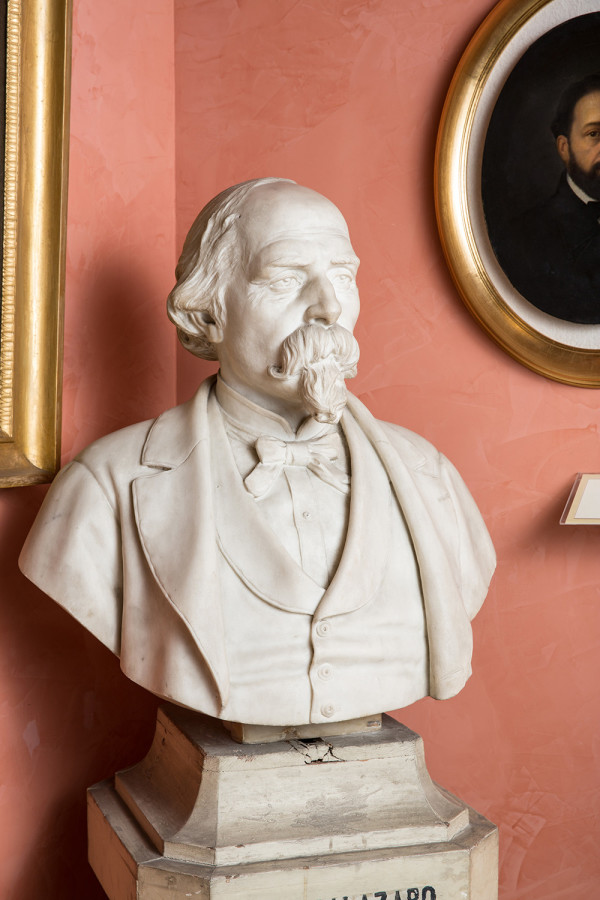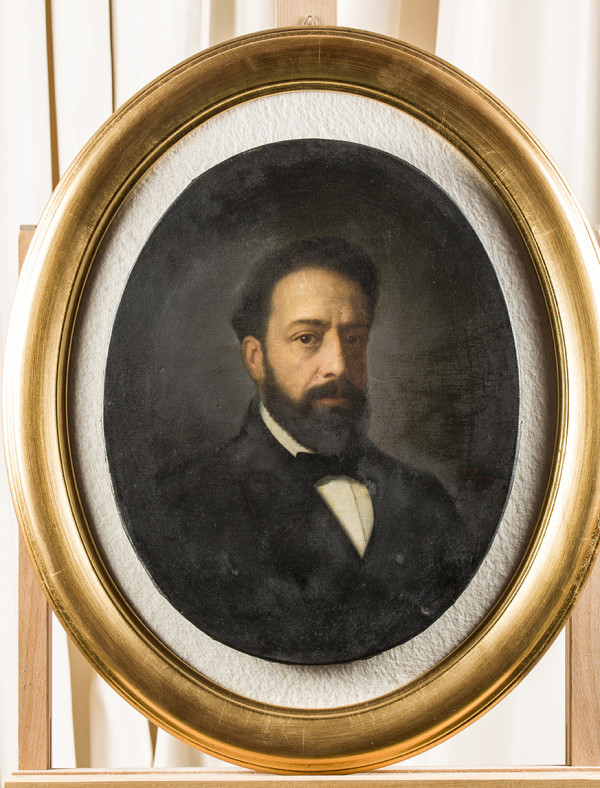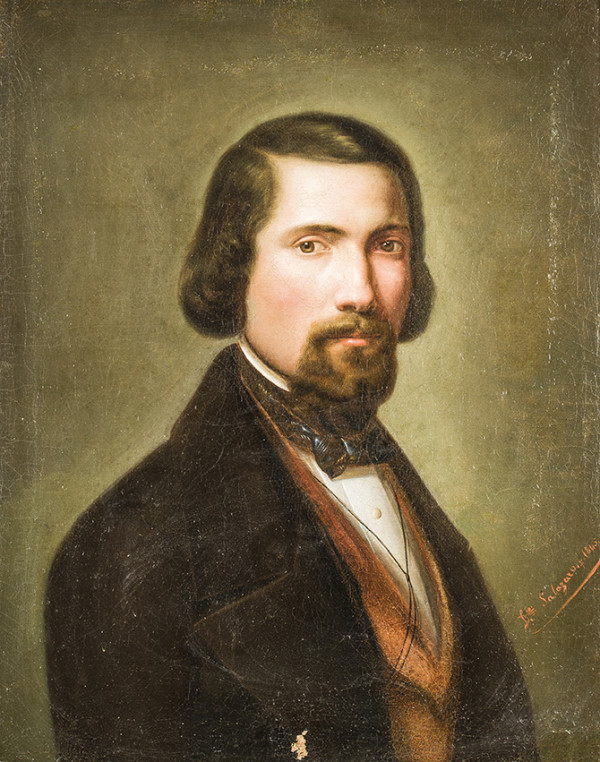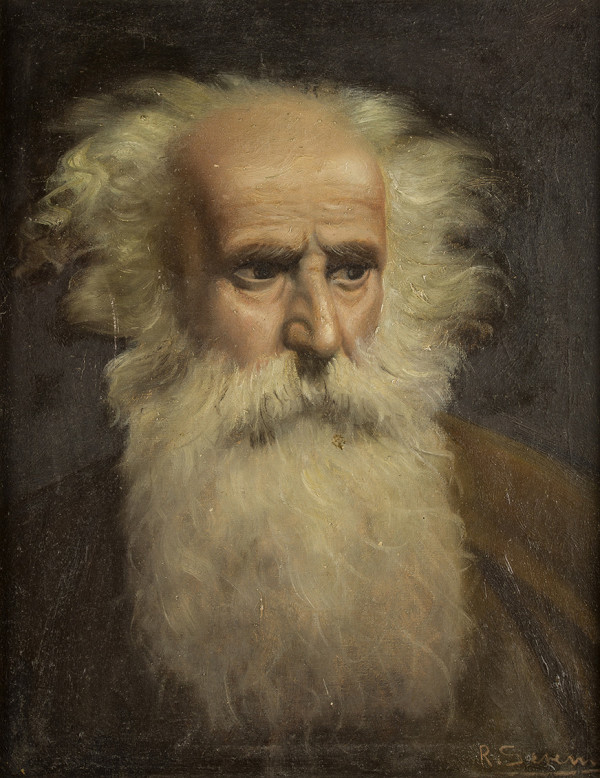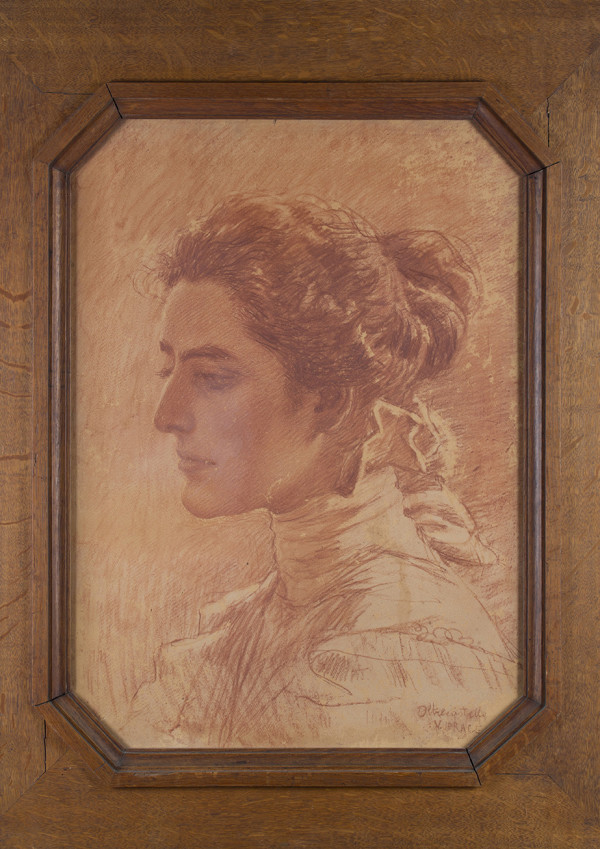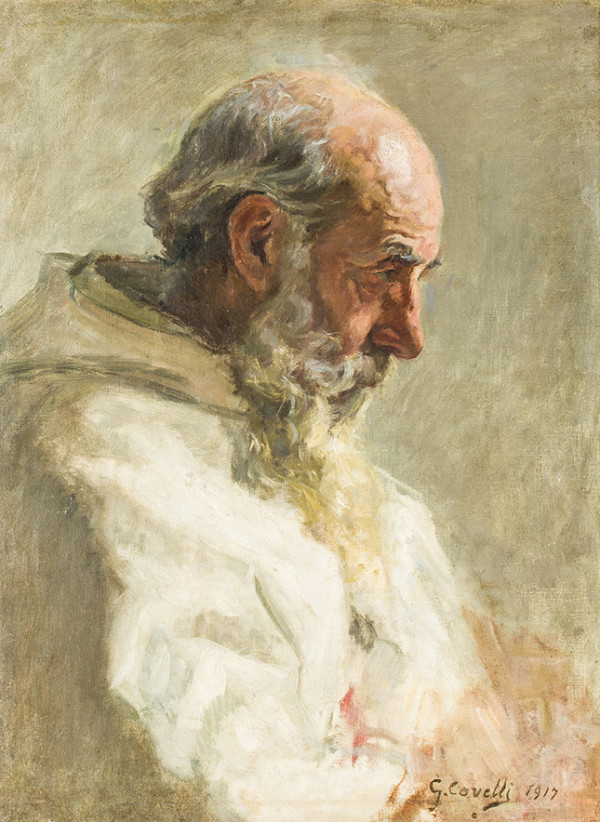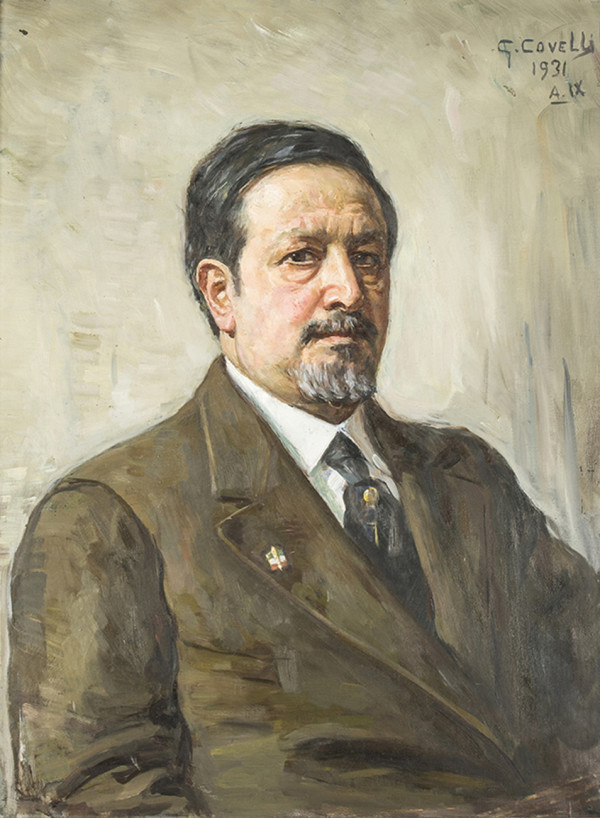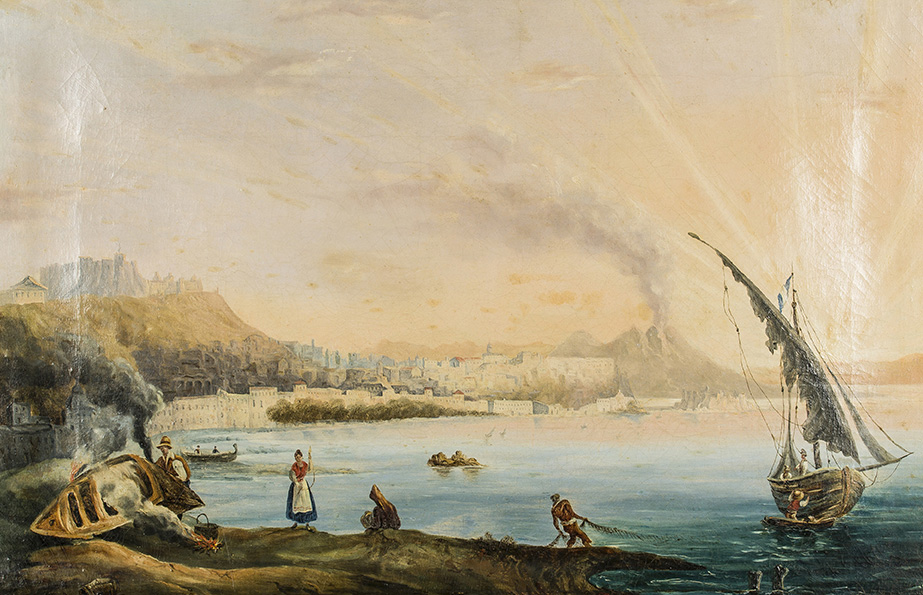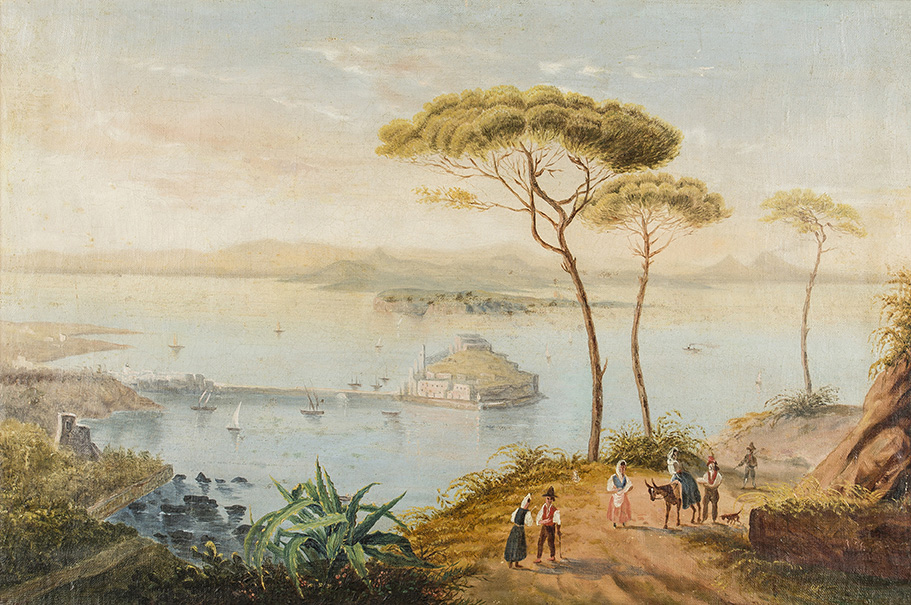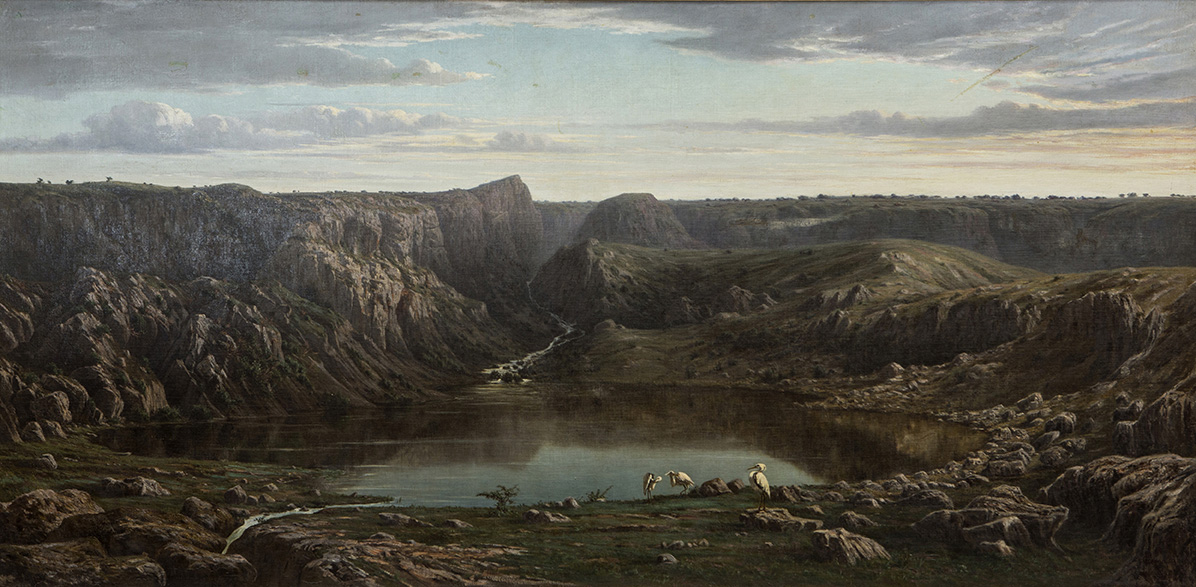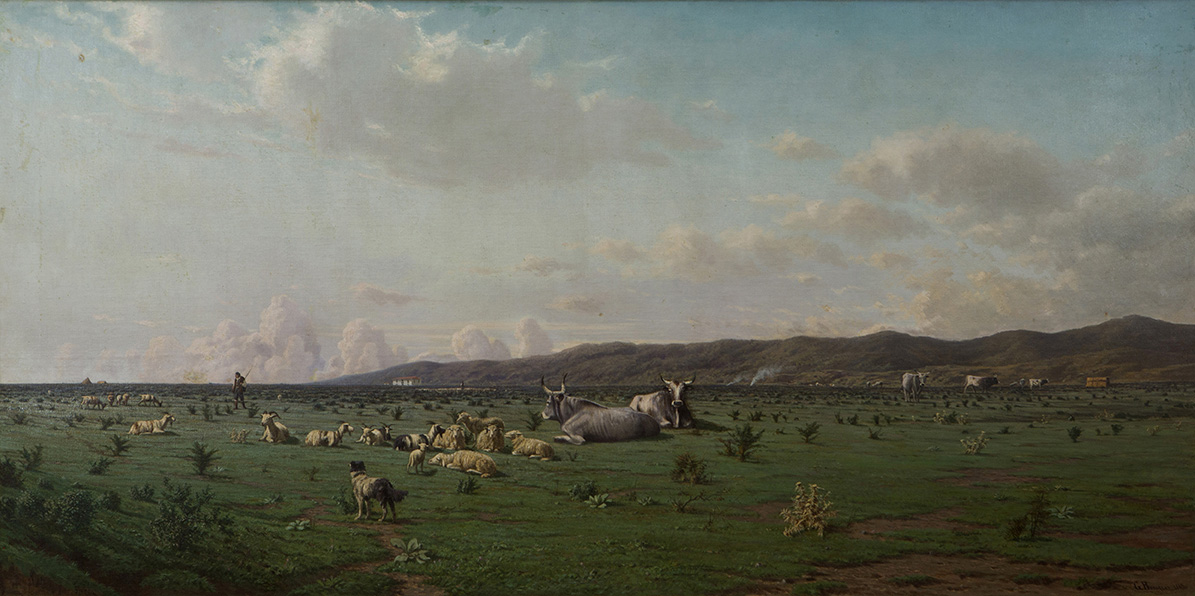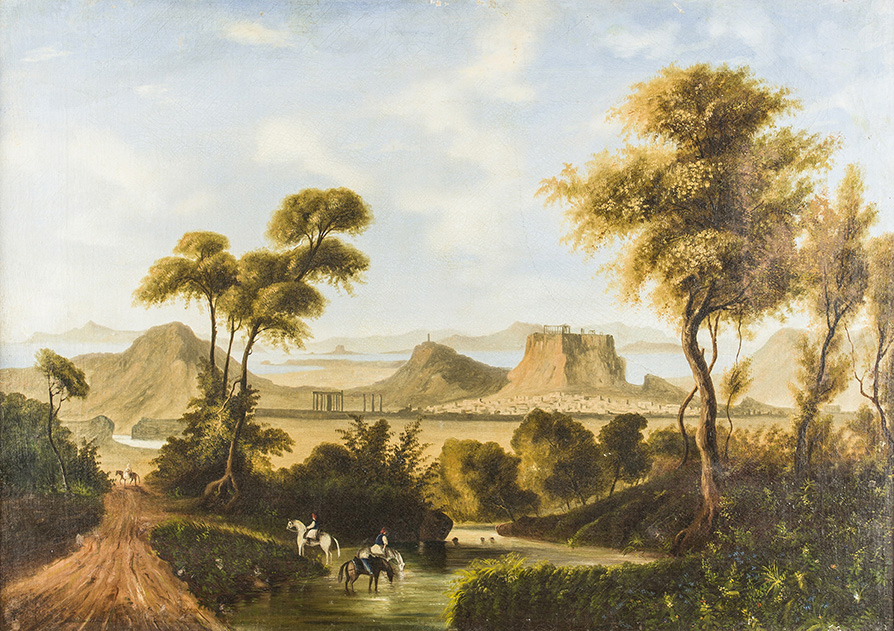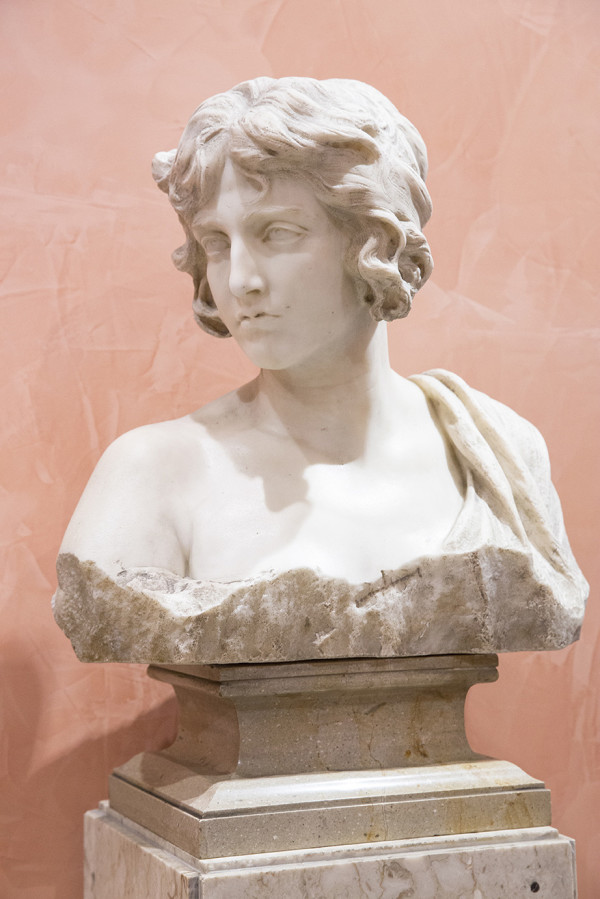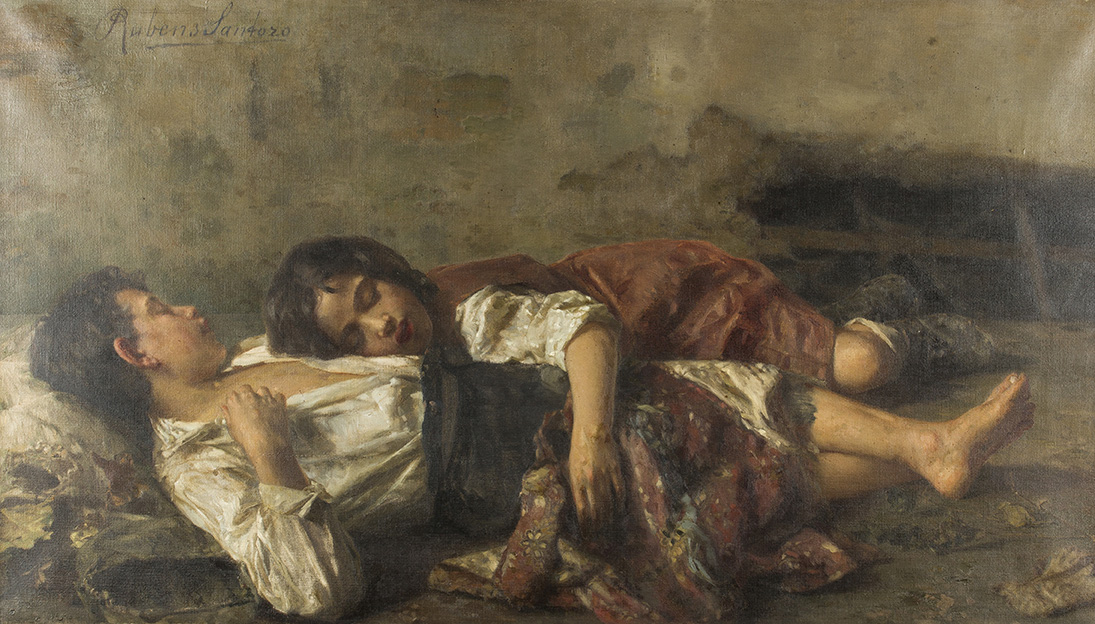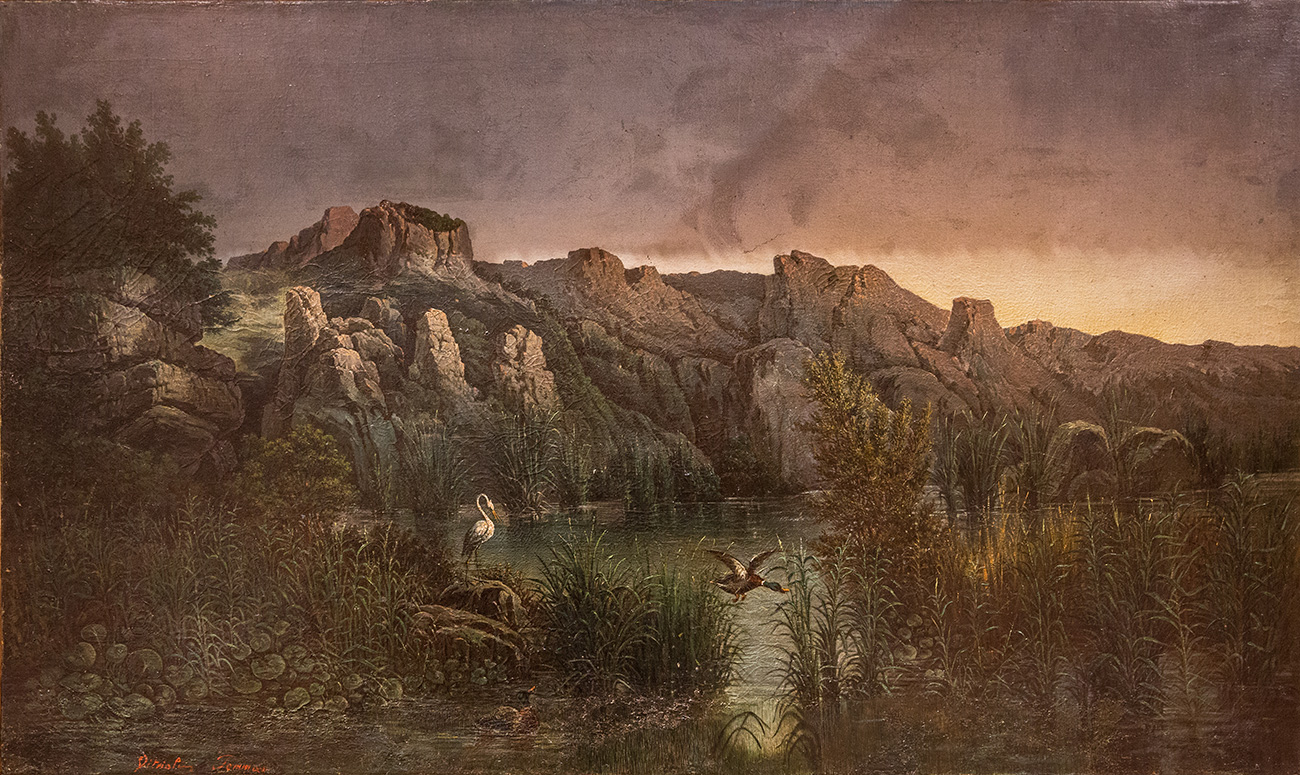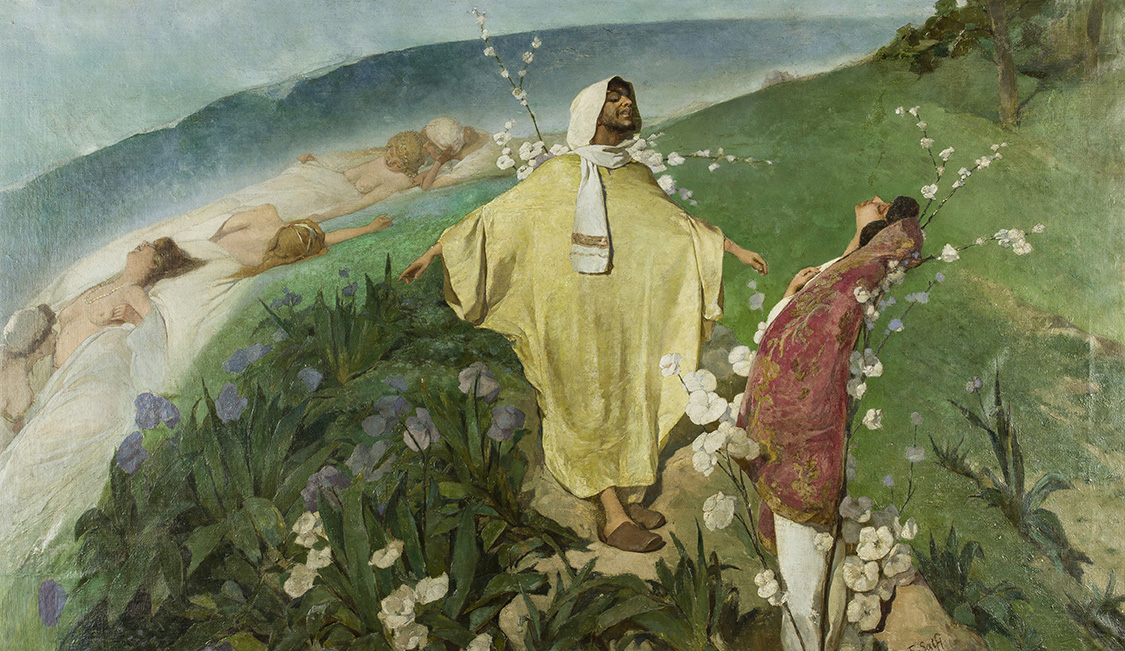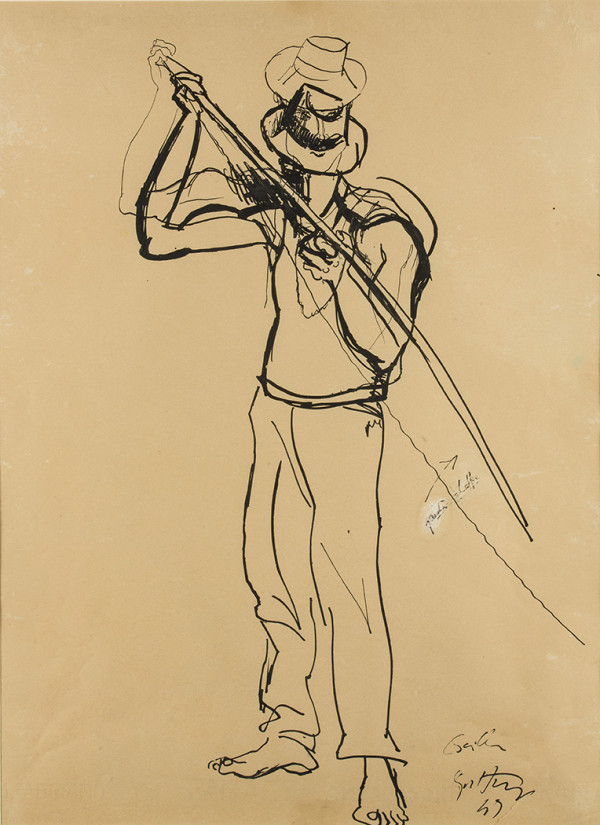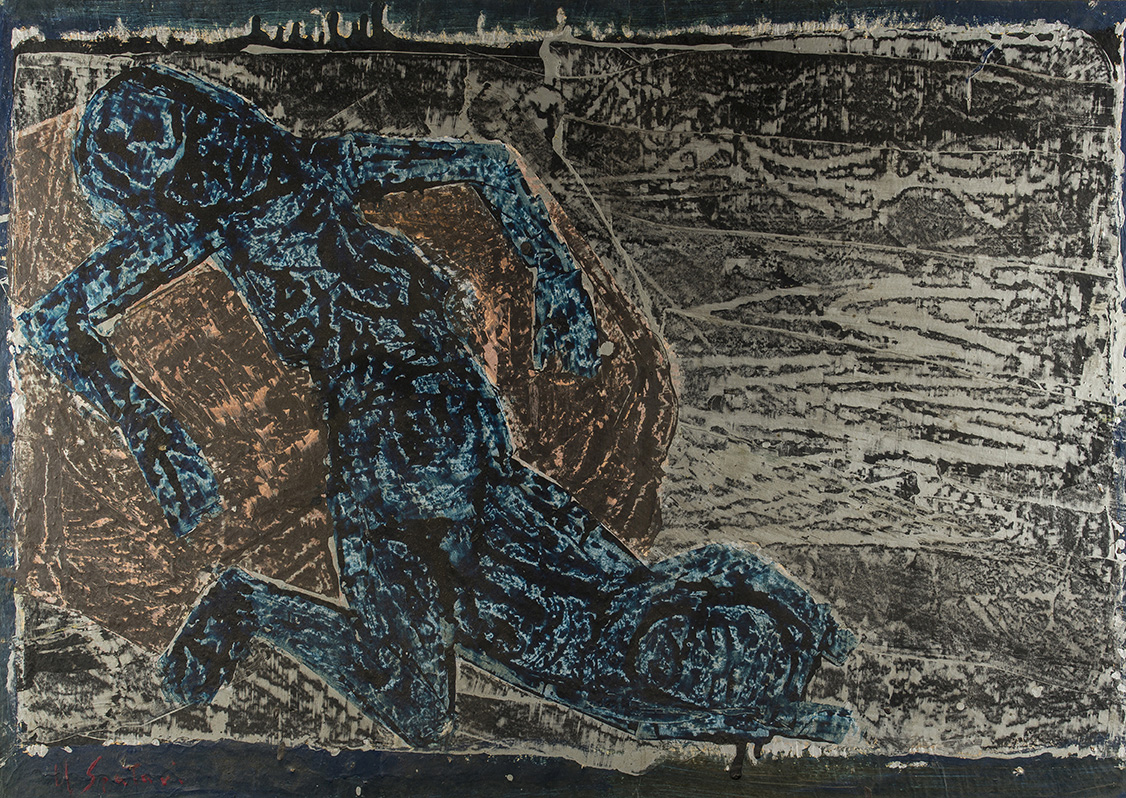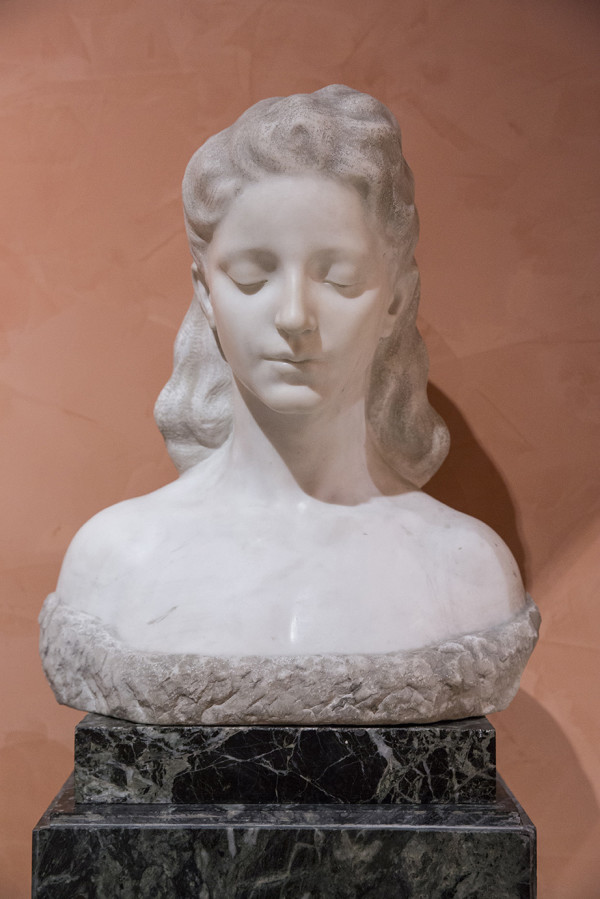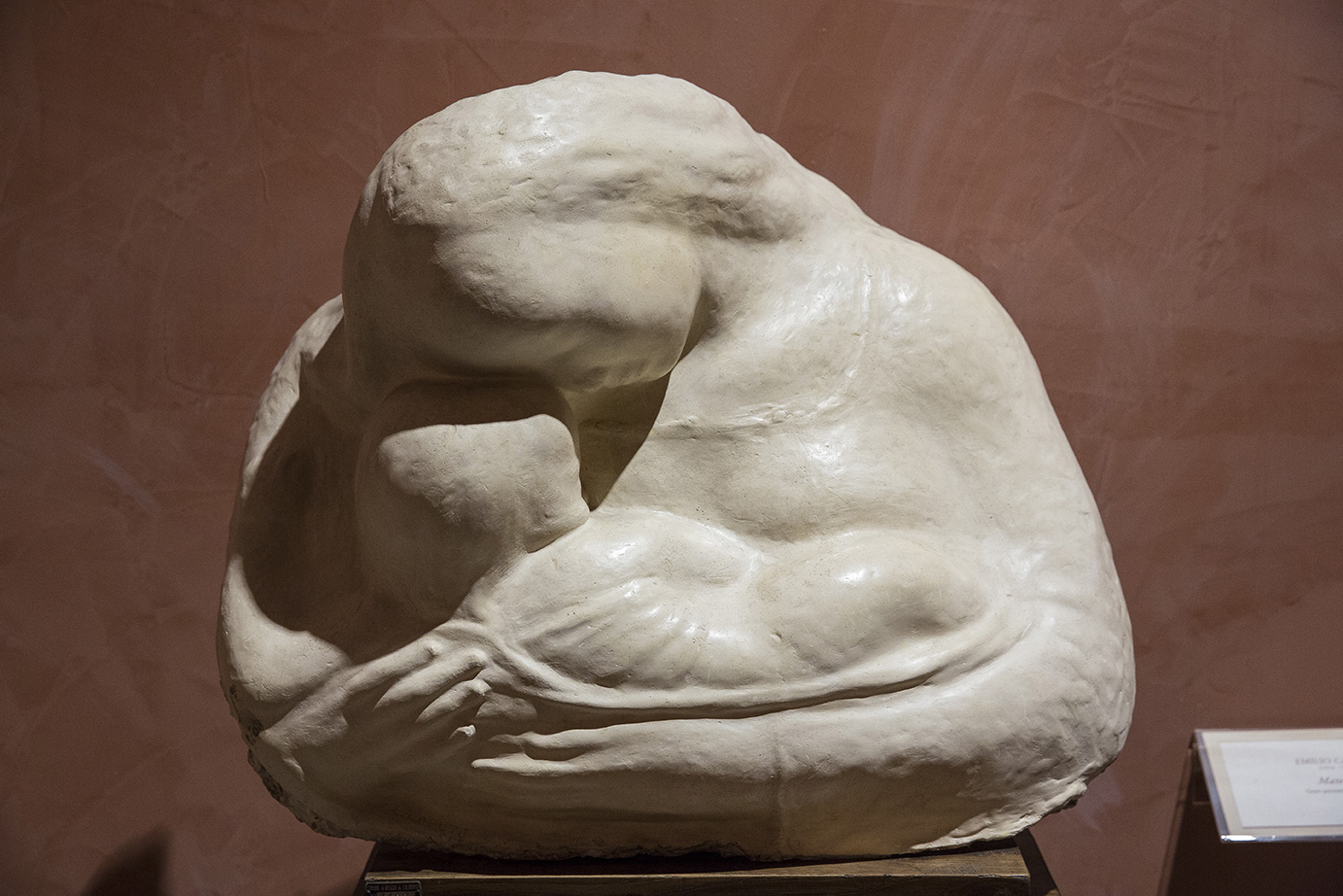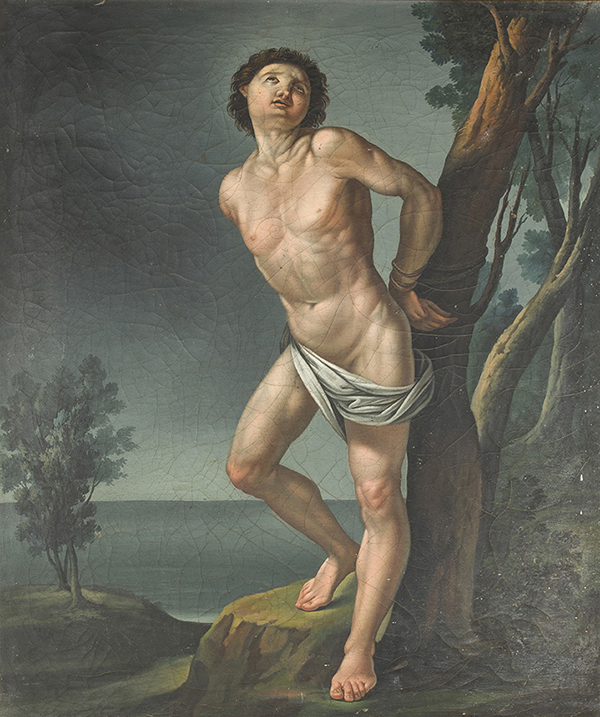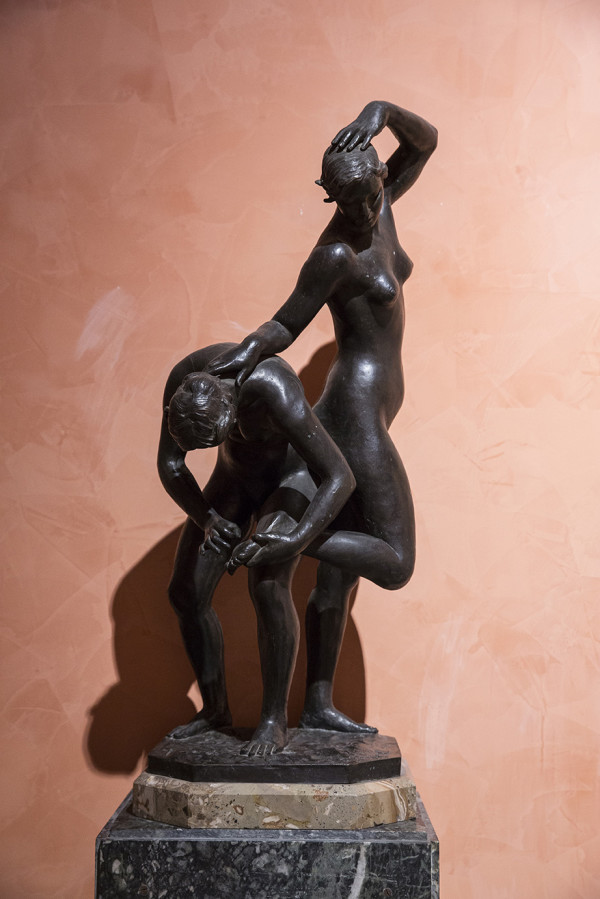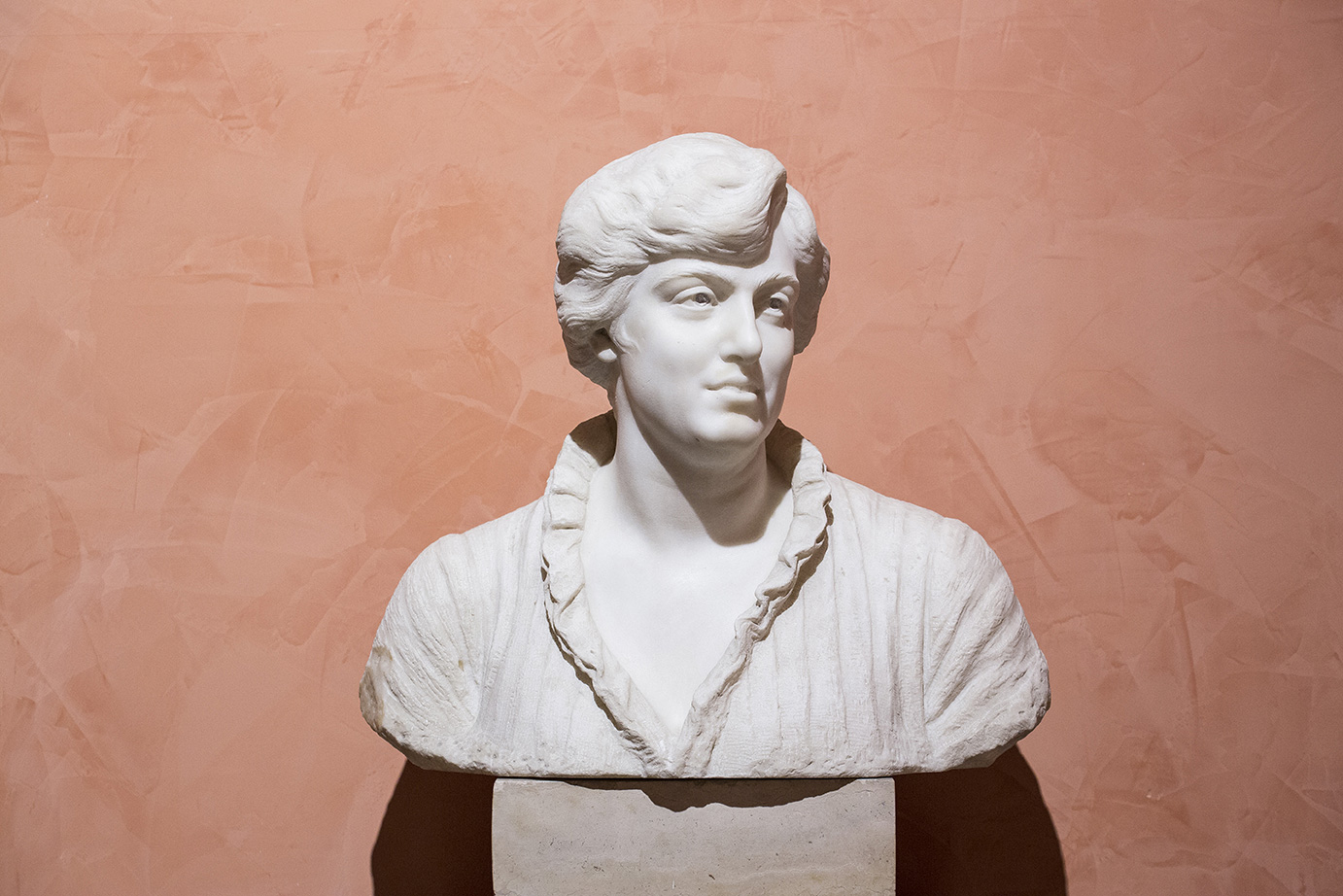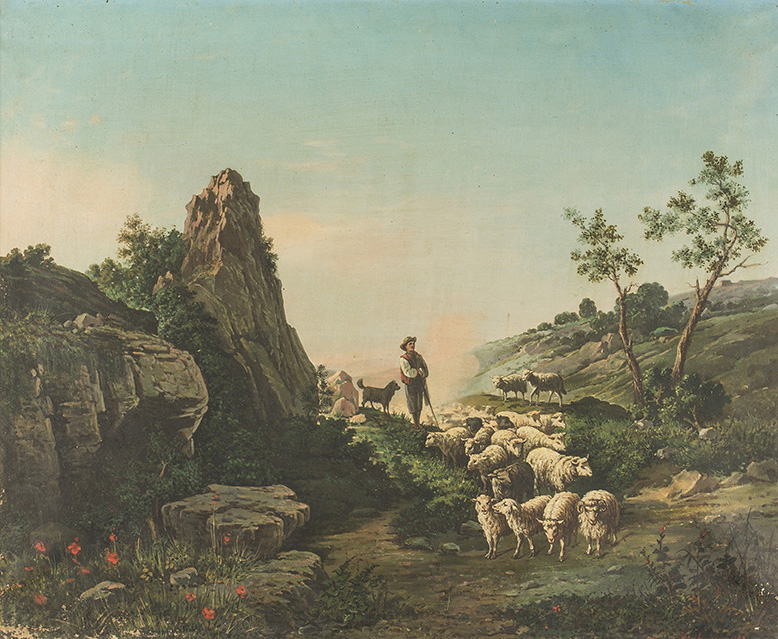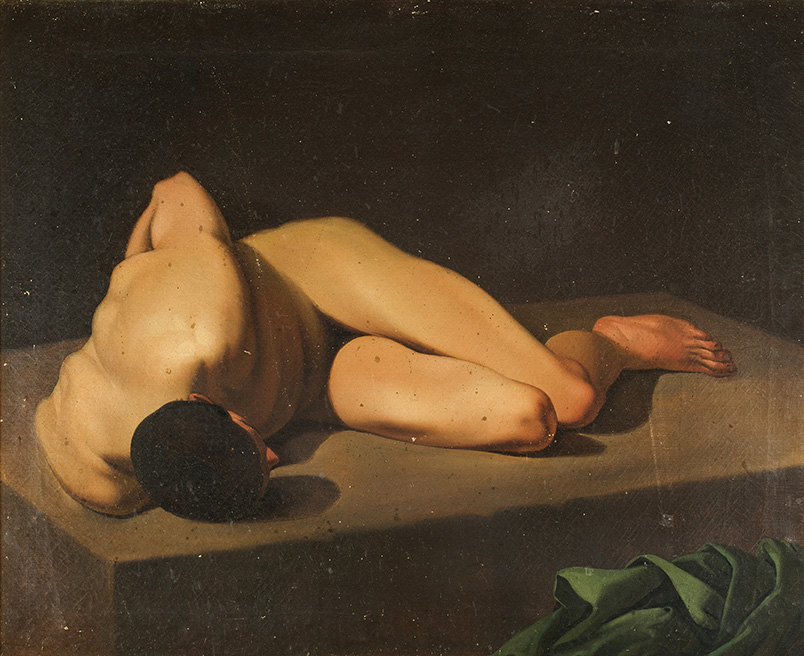The exhibition spaces unfold through eleven rooms, which are divided into five sections, providing a total development space of 500 square metres; the works are exhibited according to chronological-thematic criteria.

The masterpieces of the masters: from Antonello da Messina to Mattia Preti
First Section - Rooms 1-2-3-4
Beginning in these settings, the exhibition itinerary of the Reggio Pinacoteca unfolds, welcoming visitors by offering some masterpieces to view. In these rooms, there are two wooden tablets by Antonello da Messina (1430-1479), a true flagship of the Reggio collection. Painted in 1457 to embellish the banner of the confraternity of San Michele del Gerbini of Reggio Calabria, the tablets represent San Girolamo penitente (The Penitent Saint Jerome) and the Visita dei tre angeli ad Abramo (The Visit of the Three Angels to Abraham). The itinerary continues among valuable works of art, among which Il ritorno del figliol prodigo (The Return of the Prodigal’s Son) by Mattia Preti (1613-1669) deserves an honourable mention. The imposing painting (215x231) depicting the famous evangelical parable was purchased in 1972 by the Ministry of Education from the Heim Gallery in London, thus returning to its origins in Italy at the National Museum of Reggio Calabria. The composition develops along a diagonal on the exposed canvas, giving the impression that the gazes of the protagonists meet. Mattia Preti makes use of light-and-dark effects, thus highlighting individual characters in the story. The painting Liberazione di San Pietro dal carcere (The Liberation of St. Peter from Prison) comes from the same school of inspiration, attributable to one of the pupils of the great artist who is a native of Taverna (CZ). Completing this first stage of the visit, it is important to highlight the presence of a small group of icons dating back to the 16th century. The latter of these works, among which the beauty of the Madonna Odigitria stands out, are of unique interest because they signal the persistence in modern times of the Greek Orthodox cult in the city even after the end of the Byzantine Empire of the Romei.
Meridian Looks: From Myth to Still Lifes
Second Section - Rooms 5-6
The rooms house works from the “Genoese Collection”, which is mostly made up of paintings on wood made between the 15th and 17th centuries; moreover, the most important 18th century works from the municipal collected are located here. Among these works, the following deserve a mention: the paintings by Vincenzo Cannizzaro (1742-1768), a multifaceted artist from Reggio trained between Naples and Rome, represented here by four paintings, including the splendid Martirio di San Lorenzo (The Martyrdom of San Lorenzo) and la Caduta di Simon Mago (The Fall of Simon Mago); the landscape paintings of Salvator Rosa (1615-1673), the triptych of still lifes by Lorenzo De Caro (1719-1777), oil paintings on canvas, were very popular in the period in question and were sought after to furnish the houses of the Neapolitan bourgeoisie; and the canvas of the Cantiere di navi (Shipyard) by Adrien Manglard (1695-1760) that completes this ideal journey in the southern landscape. Also noteworthy is a 16th century pantelic marble sculpture depicting the epic figure of the Laocoonte. The statue is modelled on the most famous artefact exhibited in the Vatican Museums. Il Laocoonte of Reggio was housed in the ancient archiepiscopal site since 1600. Attributed to Pietro Bernini (1562-1629), the statue is smaller in size than the other representations from which it takes inspiration. In the same room, several 17th century paintings are worth mentioning, among which Cristo e l’adultera (Christ and the Adulterer) by Luca Giordano (1634-1705).
19th century portraiture
Third Section - Room 7
Room 7 presents 19th century portraits of some of Reggio’s most famous personalities in history, who in their political and historical context have given prestige to the city of the Strait; among the works, there are paintings and sculptures of particular value, such as Ritratto di certosino (Portrait of a Carthusian) by Gaele Covelli (1872-1932) that the Crotone painted on his return from a successful stay in London, and Il Sogno (The Dream) and Il ritratto di Fanny Salazar (The Portrait of Fanny Salazar) by Vincenzo Jerace (1862-1947). The latter is a very valuable life-like profile on cardboard that portrays the writer Fanny Salazar Zampini, daughter of the well-known politician and artist from Reggio, Demetrio Salazar and Dora Calcutt MacNamara. They are pictorial images that finely denote their post-romantic veins.
Landscape paintings from the 19th and 20th centuries
Fourth Section - Room 8
In this room, the 19th century landscapes by the Reggio artists Ignazio Lavagna Fieschi (1814-1871), a painter who joined the well-known art school of Posillipo, and Giuseppe Benassai (1835-1878), whose paintings La Quiete and Aspromonte marked his critical success and deserve mention, are centrally displayed. Enhancing the room is the splendid sculpture of the bust of Nosside di Locri by Francesco Jerace (1853-1937), exhibited at the 1922 Biennale of Art, the leader of other sculpted works by Saverio Gatto (1877-1959) and Emilio Caputo (1914-1996), all Calabrian artists whose presence qualifies it as a city collection, making it an interesting testimony of Calabrian art. Continuing the journey, visitors will have the opportunity to admire works of the 20th century, with Calabrian Nick Spatari (1929), here present with the work Parto a Melito Porto Salvo, Rubens Santoro (1859-1942), Francesco Raffaele (1850-1942), Antonio Cannata (1895-1960), Enzo Benedetto (1905-1993), to name just a few artists from other parts of Italy such as Giovanni Omiccioli (1901-1975), Giampiero Restellini (1895-1978) and Renato Guttuso (1911-1987), of which a precious china on cardboard that depicts fisherman from Scillia can be admired.
The Masters of Reggio
Fifth Section - Rooms 9-10-11
In these rooms, the sculptures of Pasquale Panetta (1913-1989), Saverio Gatto (1877-1959), Emilio Caputo (1914-1996) are exhibited. There are works from different periods with diverse origins. In fact, on the wings of Room 11, there are paintings from the Reggio painters Annunziato Vitrioli (1830-1900) and Tommaso Vitrioli (1857-1931), donated to the city by the family of the well-known Latinist Diego Vitrioli. Among the canvases worth mentioning is Pesca del pescespada (Fishing for Swordfish) with an admirable view of the Strait, the genius loci of all the Reggio painters.
